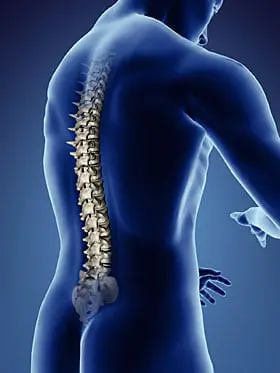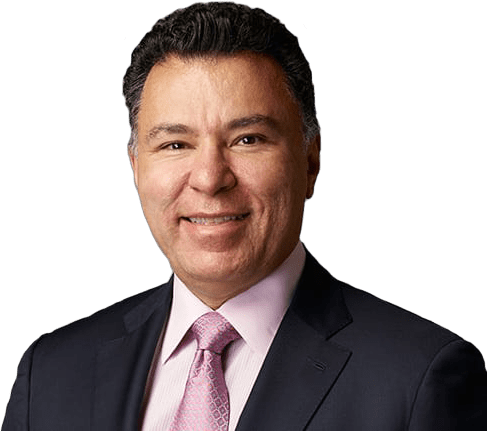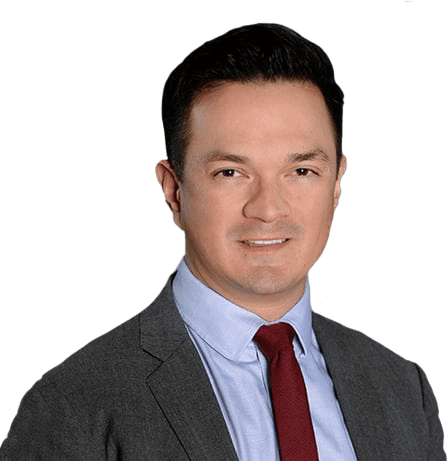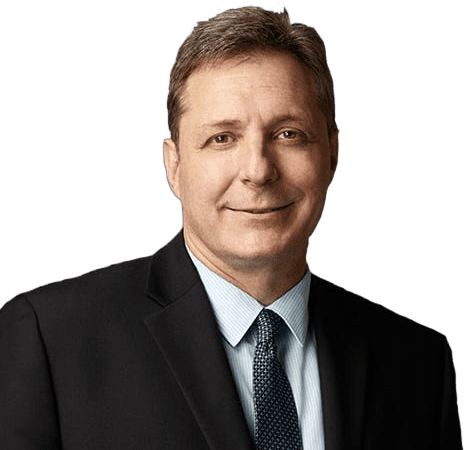ALEXANDRE B. DE MOURA, M.D., FAAOS
Cervical Lumbar Spine Specialist, Medical Director

 NEUROMUSCULAR SCOLIOSIS TREATMENT IN NYC & LONG ISLAND
NEUROMUSCULAR SCOLIOSIS TREATMENT IN NYC & LONG ISLANDNeuromuscular scoliosis is an irregular curvature of the spine caused by disorders of the brain, spinal cord, and muscular system. When those are diagnosed with this form of scoliosis their nerves and muscles are incapable of maintaining balance and alignment of the spine and trunk.*
Opposite of idiopathic scoliosis, neuromuscular scoliosis tends to develop curves that progress into adulthood. Here at NYSI, we have incredible doctors, physicians, and surgeons with years of experience treating this form of spinal deformity. *
With decades of experience our professional team of specialists, doctors, and surgeons can offer you expert diagnosis, treatment, and care for your neuromuscular scoliosis.*
Here at NYSI, our expert staff is led by our medical director Alexandre B. de Moura, M.D. FAAOS. Discovering new advances in technology and procedure techniques allows for our continued success.*
We are happy to provide our medical services to any and all patients regardless of their background or native language. Our staff members here at NYSI can speak multiple languages.*

Cervical Lumbar Spine Specialist, Medical Director
Neuromuscular scoliosis is caused by a neurological or muscular medical condition, like spina bifida or cerebral palsy, among others. Those with neuromuscular scoliosis lose the ability to control their muscles which support their spine. The chances of developing a spinal curve, and how severe it may become, rely on which neuromuscular condition the patient has.*
Neuromuscular scoliosis may be associated with one of the following disorders*:
The above disorders cause muscles to weaken, creating a lack of support for the spine, which may result in spinal deformations and curves.*

Cervical, Lumbar, Adult & Pediatric Scoliosis and Spinal Deformity Specialist
When diagnosing a patient with neuromuscular scoliosis our physicians will conduct a full physical exam and review medical history, some patients can expect to undergo X-rays or magnetic resonance imaging (MRI) scans. Further imaging tests can help determine certain factors of scoliosis like the spinal curves location and size.*
Patients diagnosed with neuromuscular scoliosis may experience one or more of the following symptoms*:

Cervical, Lumbar, Adult & Pediatric Scoliosis and Spinal Deformity Specialist
In order to properly treat neuromuscular scoliosis, we take a multidisciplinary approach, coordinating with other necessary departments such as Neurology, Pediatrics, Pulmonology, Urology or Gastroenterology.*
Taking an encompassed approach to your child’s neuromuscular scoliosis will allow us to completely customize their treatment options based on their specific condition. Due to the variety of disorders that can cause neuromuscular scoliosis, here at NYSI we have multiple treatment options, both nonsurgical and surgical, to accommodate each patient.*
Nonsurgical Treatment Options
Though a nonoperative method will not correct the spinal deformity it will help manage the curve and improve quality of life. These can include wheelchair modification, bracing, or physical therapy.
Surgical Treatment Options
The recommendation of surgery will come after a complete analysis of your child’s condition and symptoms is complete. Our specialists and doctors will also communicate in-depth with the family to help make a treatment decision. Some indicators for the need of surgery may include the size of the spinal curve, function deterioration, or pain.*
If the decision for your child to undergo surgery is made, you can likely expect one of the following procedures*:
The goal of surgery is to reduce pain, prevent further curve progression, and improve the overall quality of life in the patient, and will only be recommended when all other options have been attempted.*
*The effectiveness of diagnosis and treatment will vary by patient and condition. New York Spine Institute does not guarantee certain results.